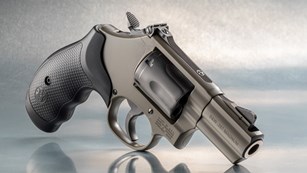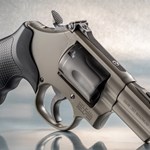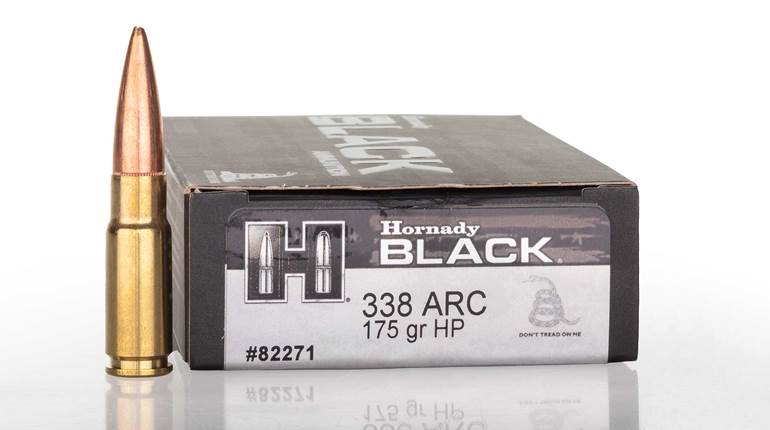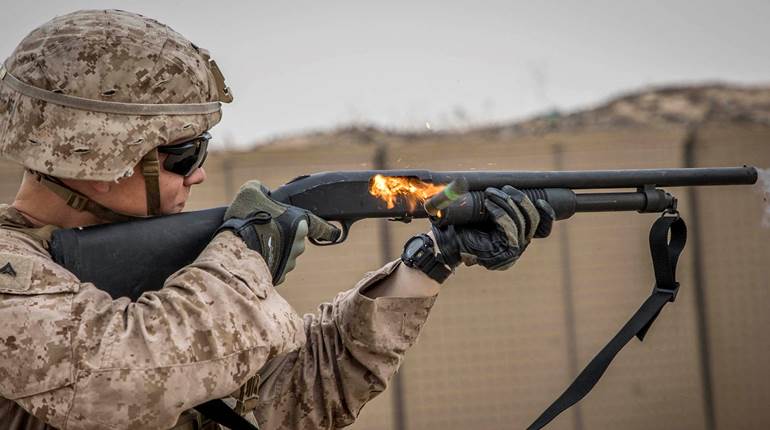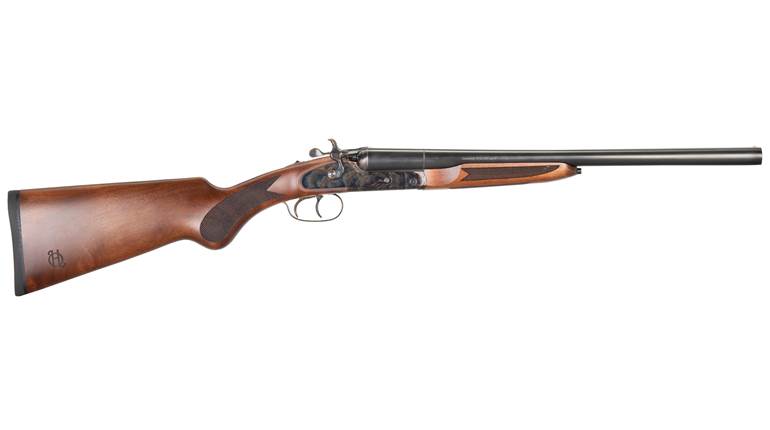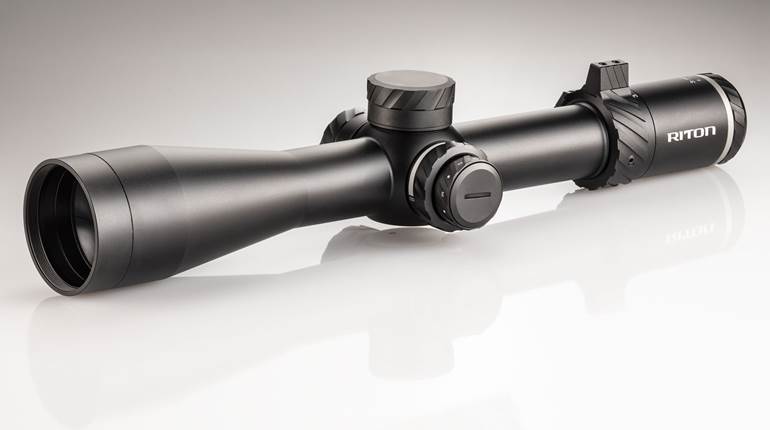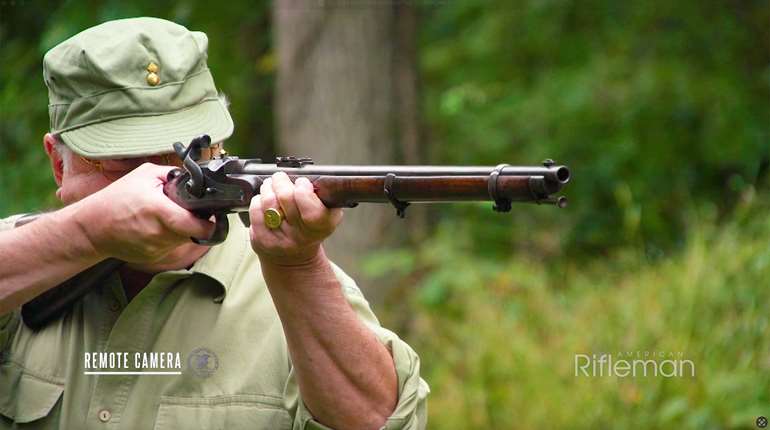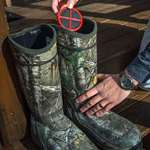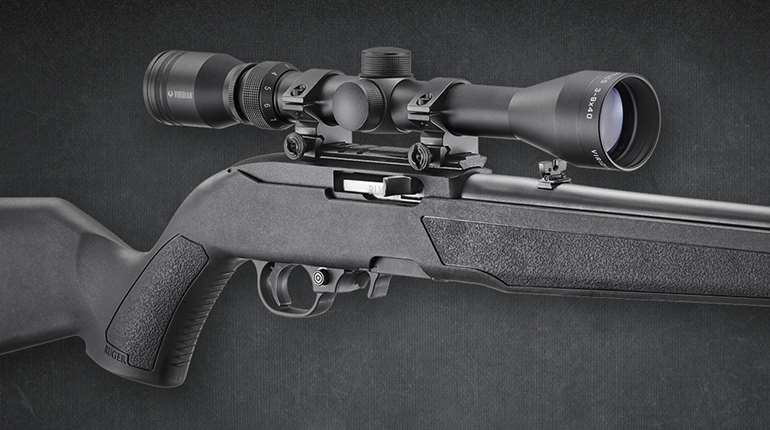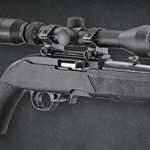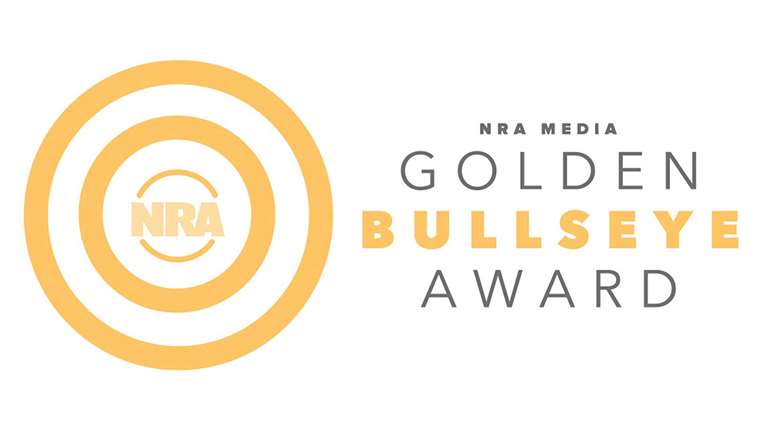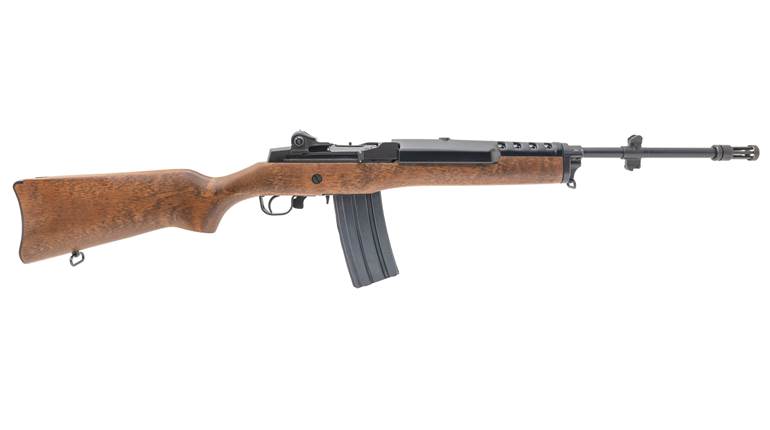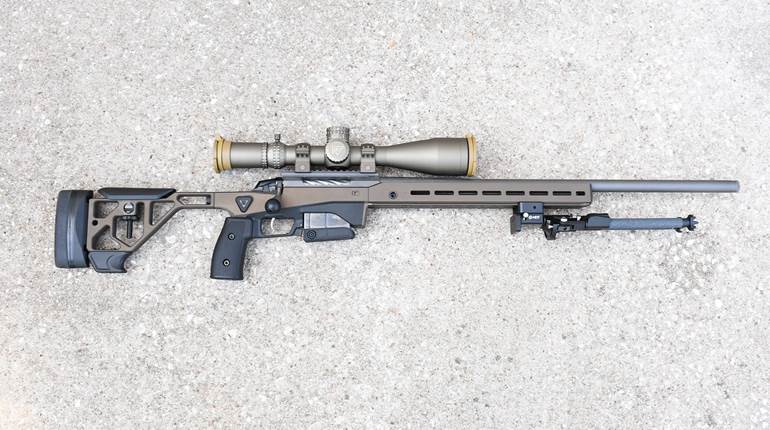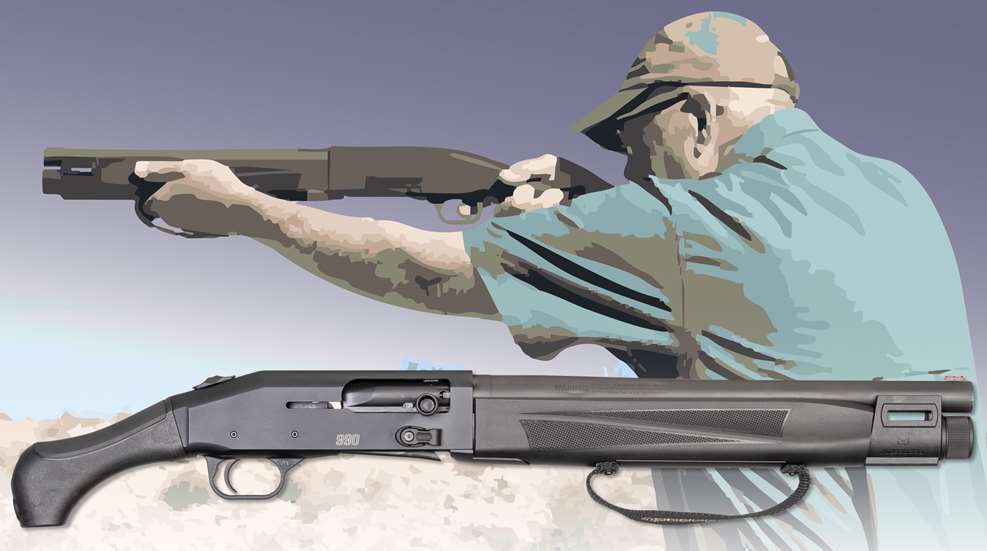
It’s hard to argue against the effectiveness of even a single round of buckshot delivered from a shotshell fired a short distance from an attacker in a defensive scenario. When every pellet arrives on target, their combined energy is typically enough to solve any problem, nearly instantly. Additionally, as even a single pellet could potentially end an encounter, the use of buckshot favors defenders against whom the odds pile up. Keeping those qualities in mind, it becomes easy to look past a conventional shotgun’s inherently low capacity, leaving the only real downside being its overall length.
Pumping Up Demand
First, a little legal background. The Bureau of Alcohol, Tobacco, Firearms and Explosives (ATF), defines a shotgun as “a weapon ... intended to be fired from the shoulder.” To retain the federal classification of “shotgun,” such firearms must have a barrel at least 18" in length. At that point, the stock can be replaced with a pistol grip to help shave things down, provided the overall length is not less than 26". The result is still quite sizeable, making it tough to wield in confined spaces. If you want a shorter barrel while still having a shoulder stock, then there is the ATF-regulated “short-barreled shotgun” defined by the National Firearms Act of 1934 (NFA), which is all shotguns having a shoulder stock and a barrel length shorter than 18". What if there is no shoulder stock? Well, the NFA has a category called Any Other Weapon (AOW), defined as “any weapon or device capable of being concealed on the person,” excluding pistols and revolvers. The ATF further defines this as any firearm measuring less than 26" in length. So, what if you have a shotshell-firing gun that measures more than 26" long but isn’t designed to be fired from the shoulder? Well, the ATF doesn’t have an NFA category that captures that configuration. Hence the “non-NFA firearm.” As long as the gun remains at a length greater than 26", you have one heck of an arm with which to defend confined spaces such as tents and vehicles (provided state or local laws don’t state otherwise) without the associated NFA paperwork. Joining forces with Shockwave Technologies, Connecticut-based firearm manufacturer Mossberg explored this unique category in 2017 by mating its manufacturing partner’s Raptor bird’s head-style grip to a 14"-barreled 590 action, creating the 590 Shockwave.

I was living in New York when the Shockwave was released, and it was a tremendous hit. Being that semi-automatic rifles are heavily regulated there, as are all forms of handguns, citizens of that restrictive state were all but steered toward the design. Dozens showed up in our courses at Renaissance Firearms Instruction, and our instructors quickly realized that we needed to implement some new training protocols. Being pump-action, the firearm delivered considerable recoil impulse rearward, so eye-level shooting was discouraged, given that the rounded end of the Shockwave grip could strike the unprepared shooter’s face. Such was in accordance with the manufacturer’s instructions, so we were happy to echo it. Instead, we had our students start with the grips braced against their upper thighs and eventually work toward getting the guns up to chest level to build better accuracy. I’ll admit, I had some initial scepticism about the product, but I’ll also admit that Mossberg got it right by adding the fore-end strap. When a shooter has his or her hand securely placed through it, there is little chance of the gun escaping his or her control, or of the user placing a digit in front of the muzzle. It also provided a means to add a bit of downward torque to prevent muzzle rise, leaving us with a 100 percent success record of training new shooters who chose a Shockwave for self-defense.
Quickening The Tempo
All was well in the world of pump-action firearms, but once a manually operated solution takes hold, it’s only a matter of time before the public sets its eyes on a self-loading version. Remington would beat Mossberg to that result with its semi-automatic Tac-13, which took this magazine’s Golden Bullseye in 2020 for Tactical Gun Of The Year. However, with money problems mounting and the company’s eventual sell-off, the Remington’s success was short-lived. Although reformed as RemArms, the new entity struggles with keeping the Tac-13 available, and there are certain features that the end user is still looking for.

Seeing this opening, Mossberg decided it was time to strike back, leveling both barrels of its engineering and manufacturing prowess at the proverbial drawing board. The 990 Aftershock would be the outcome, and although ready for launch by the end of 2022, the company withheld its release for close to three years. Why, you ask? In a word, capacity. The boom in gun sales that characterized the COVID-19 years created a substantial backlog, and it took manufacturers several years to catch up. Instead of teasing its faithful customers with dribs and drabs of availability, Mossberg instead decided to wait for a time when it would be better poised to meet market demand. With the backlog dialed down to a manageable level and panic-buying finally subsided, that time is now, and I am pleased to report on its performance.
Although the Shockwave was essentially a 590 with a new barrel and furniture, the 990 Aftershock is an entirely new action for Mossberg, and one that presented design challenges from the start. Semi-automatic scatterguns need a return spring to bring the bolt back into battery, and it is typically located within the buttstock. This should make the initial design issue rather plain to see. The good news is that the company had just spent considerable time perfecting its semi-automatic mechanism during the creation of the 940 series. Drawing inspiration from the lessons learned during that process, the recoil system is basically inverted, pulling the bolt forward into battery rather than pushing it from behind. This is done through an intricate bolt carrier assembly that had to be made by welding an array of materials together. As simple as it might sound, Matt Knight, the leader of the 990’s design team, explained: “It was a lengthy process to select the materials, develop the heat-treat-process and strength profiles, and refine the laser welding to join them all together. It is an amalgamation of low-carbon alloy steel and precipitation-hardened stainless steel that balances durability, strength, impact-resistance, weldability and dimensional stability. Ultimately, we ended up with a part that can handle the abuse of a lifetime endurance test.”
Welds aren’t typically used in firearms, as the process is laborious and, if done poorly, can create a soft spot in the component. If the proper materials and techniques are employed, however, it’s not uncommon for the weld to be stronger than the parent metals, which I feel is the case in the 990. I say this because, several years prior to its release, more than a dozen gunwriters spent time with pre-production samples at the famed Gunsite Academy in Paulden, Ariz. I’ll get to more on that later, but, in short, not a single weld was busted. Furthermore, let’s just say that between the exhaustive courses of fire, the scorching desert heat and the impromptu sandstorms, we were less than gentle on those guns.
The proprietary bolt carrier serves as the heart of the Aftershock and is returned to battery by an action-return spring that is wrapped around the magazine tube. The entire assembly is housed within the receiver and fore-end, protecting it from the elements and ensuring no part of the user or his kit gets caught up in the moving parts.
How It Works
Much in the way that the Aftershock action is built in reverse, so is the tale of describing it. I typically don’t go into the “return to battery” process without first detailing how the bolt is forced open in the first place, but in the case of the 990, it’s the only way that I felt made sense. This is because the gas system is rather straightforward, which is good in a firearm design, as it’s synonymous with reliability. Mossberg did not re-invent the wheel (again) to make the 990; it just borrowed the mechanism from the 940 series. When a shell is touched off, the payload travels down the barrel just as it would in any other gun. Once it passes a pair of ports drilled into the barrel, some of the propellant gas is tapped off and directed downward into the gas cylinder, where it meets a gas piston. The piston is then driven rearward, pushing the slide assembly and bolt back into the receiver. Upon firing, the bolt is locked into a keyway cut into the barrel to keep the action closed as pressure dissipates to a safe level. Shortly after, it cams out of the way, allowing the bolt to retract, extracting and ejecting the fired hull and re-cocking the internal hammer in the process.
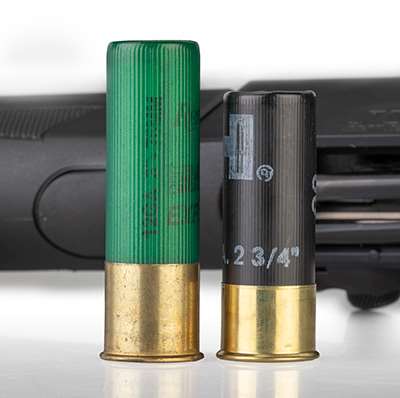
The Aftershock feeds from an internal tubular magazine, with a capacity of five 2 3/4" or four 3" shells. Aguila Minishell and Federal Shorty lovers, I’m sorry to report that they aren’t compatible with the Aftershock, as they don’t generate enough gas to run the action. However, on a brighter note, the new firearm does cycle low-brass target loads just as well as it does high-velocity slugs and buckshot, so there is still plenty of ammunition variety to work with. An incredible amount of tuning went into making this possible, with unprecedented attention paid to the overall harmonics. These semi-predictable vibrations can wreak havoc with basic operation, and some interesting techniques went into alleviating them. The most noticeable is the slot cut into the elevator, which is done purely to dampen its “ringing” when a shot leaves the muzzle.

Those who are familiar with Mossberg shotguns will find the 990’s control arrangement to be easy to understand. The emblematic tang safety is present but is now widened and easier to click on and off, as a result of the feedback from the writer’s camp. Mossberg liked the improvement so much that it’s becoming a rolling change across its entire catalog of firearms that employ this style of safety. The oversize and knurled charging handle found on the company’s 940 Pro Tactical family is present on the 990, as is the paddle-style bolt release—this control is now gated to stave off accidental engagement if the gun rubs against something when hanging in a sling, which can release a shell if rocked backward.
 How It Shoots
How It Shoots
While all these features excited me, nothing grabbed my attention more than the prospect of being able to shoot the Aftershock at eye level; this would be the premise of our work at Gunsite. Before I go any further, let me be clear to state that Mossberg doesn’t recommend holding the Aftershock at eye level, as it’s the easiest way to get struck in the face from the recoil. Should you undergo professional training, however, it becomes far less likely, and the firearm can be far more accurately fired from head level. During our first day, we were introduced to our instructors, Lew Gosnell and Aimee Grant, who covered basic safety before rolling into a balanced fighting-style stance that would help us to absorb the gun’s recoil with impunity. This is another advantage of gas-operated guns, as this pulse is substantially lighter than manually locked firearms. This is because the operating mechanism inside of the action absorbs some of the energy instead of all the recoil energy being directed straight back into the shooter, as is the case with pump-action designs. The next major component of this style of shooting was to stabilize the firearm through isometric tension. The Aftershock is more suited to this shooting method than Mossberg’s earlier Shockwave, as the grip is bulged at the end. Using it in conjunction with the strap-equipped fore-end, the shooter pushes with the firing hand while pulling with the support hand. This retains the gun’s forward position when fired and directs the grip downward under recoil.
After a few demonstrations, our group began to run some drills with lightweight No. 7½ Federal Top Gun loads. We had unanimous success and found the guns easily shot within the man-size target at distances as far as 15 yards. From here, our instructors turned up the heat, forcing us to reload under pressure while emphasizing to “load what we shot,” a strategy used to ensure your scattergun remains topped-off. This gave us a chance to get some real-world experience with the pinch-free elevator and enlarged loading port, which indeed worked as advertised. Gosnell and Grant did a great job of keeping us engaged and taught through an exceptional balance of humor and information.

Once the crew was comfortable with the Aftershock in a static environment, we set out to do some practical shooting with the firearm, largely on the move. Our course of fire is affectionately referred to as “The Wash,” as it was largely created by some of the violent storms that hit the area. Walking through the winding gully presents multiple targets and provides them areas to “hide” while offering cover through its layout. Again, we were to load what we shot, but this time we were encouraged to do so while moving. To my surprise, I found reloading the 990 to be easier than topping off a shotgun, as the elimination of the rearward mass made it easier to flip over and steadier as I fed the shells in. I ran through the course with a 100 percent hit rate, demonstrating the gun’s effectiveness in one fell swoop. We ended our trip back at the square range, this time pressing slugs out to 50 yards. This is likely the boldest illustration of what is possible with the 990, as this portion of the training displayed the tightest accuracy, as well as the heaviest-recoiling ammunition.
Parting Thoughts
Sadly, a period of close to three years would pass between that experience at Gunsite and laying hands on the final product back home at my private range. Mossberg listened to some of the improvements that we suggested, such as better shaping the receiver to integrate more seamlessly with the grip, as well as swapping the brass bead for a fiber-optic front sight, as the gun can make good use of one. The strap is also now held in place with heftier threaded inserts than the ones used in the pre-production models, and the material is doubled up at the mounting areas; this is to better aid the push-pull method of stability that we employed. Being that I didn’t get a chance to run any buckshot through it in Arizona, I put a few boxes of Winchester’s 00 Valor through the gun to get reacquainted and to test its patterning. Built with a permanent cylinder-choked bore, the only avenue for adjusting your spread is to change ammunition. However, with everything landing well within the target area, I was quite satisfied with the 10" spreads this load produced at 15 yards.
Mossberg’s Aftershock is the long-awaited sequel to its Shockwave and features design input that is even more clever than its name. With the right training, it can be aimed and fired like a shotgun, or for a faster solution, there is a model available with a Crimson Trace Lasersaddle that makes accurate hip-fire possible. I found both models worked as intended while functioning without issue through rough service in harsh environments. Above all, I found its utility to exceed my expectations, and I believe anybody else who picks one up will be equally, and pleasantly … shocked.











